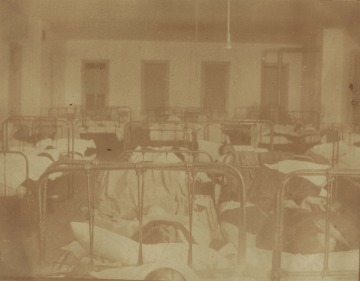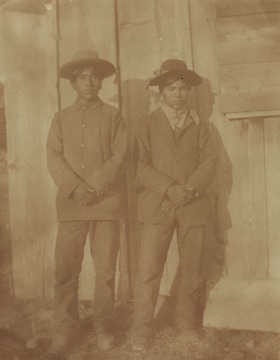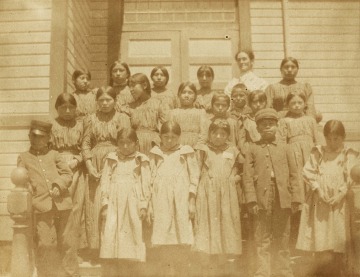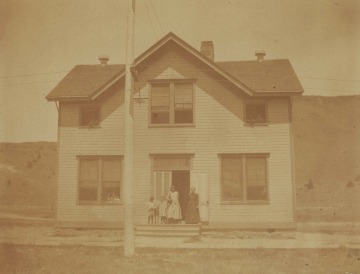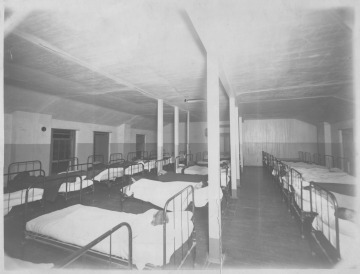1909: Despite quarantine, TB spreads in student populations
Faced with continuing high rates of tuberculosis among Native students in boarding schools, the Office of Indian Affairs appoints a medical supervisor to direct efforts to control infection rates. Schools are told to construct sleeping porches for the sick and to quarantine infected students in sanatorium wards. The sickest students are to be sent home—but boarding school cemeteries fill with children who die before they can leave.
Boarding schools bring together Native children, some as young as five or six years old, from many reservations. Some arrive at school after being exposed to tuberculosis on their reservations. Poor ventilation and rough-hewn wood floors that cannot be sanitized are among the factors in the spread of infectious disease through dormitories.
- Theme
- Epidemics, Federal-Tribal Relations
- Region
- Arctic, California, Great Basin, Great Plains, Northeast, Northwest Coast, Plateau, Southeast, Southwest, Subarctic
A girls' dormitory or one of the hospital wards at the Warm Springs Agency in Oregon
Courtesy Wisconsin Historical Society
Dan Butler and Victor Suppah have their picture taken at the Warm Springs Agency in Oregon
Courtesy Wisconsin Historical Society
Children from the Warm Springs Agency boarding school pose to have their picture taken with their headmistress, in the back.
Courtesy Wisconsin Historical Society
A school hospital at the Warm Springs Agency in Oregon, with Mrs. Smith, the nurse, standing in front
Courtesy Wisconsin Historical Society
Boys' dormitory at Santa Fe Indian School, 1906
Courtesy National Archives and Records Administration
